Booksource Book Club invites you to read along with us. Last month us book nerds gathered around to talk about Go Set a Watchman. Find our discussion below. Now we want you to join in the fun! Please join the conversation by commenting with your thoughts.
Sean Binkley: To kick this book club off, does anybody have any opening remarks about or general impressions of Go Set a Watchman they’d like to share?
Brandi Ivester: I thought it gave an interesting insight into the iconic To Kill a Mockingbird. Sometimes it is hard to see characters grow up, but Jean Louise very much seems like the woman Scout would have become.
Mary Robinson: I regret reading the reviews and hype before I read the book. I was prepared not to see it as a destruction of the beloved characters and actually enjoyed it. I think many people see it as a sequel and it is not at all. It’s a published manuscript.
BI: I agree that the hype did not do the book any favors. Too many readers may have had the wrong impression going into it.
Erin Vehige: Dare I say I loved this book! Even the reviews and hype that went in didn’t distract me from what I knew it was…a draft. The writing teacher in me loved reading it as a precursor to To Kill a Mockingbird. I could see the elements that became the beloved novel. I didn’t read this novel as a sequel. I didn’t even read it thinking, “How does it relate to To Kill a Mockingbird?” I kept thinking about the time in history that Harper Lee was writing this piece and the stream of consciousness that the narrative seems to be makes sense to me, because it reads like the author is using Jean Louise, Atticus and Uncle Jack to work out her own thoughts about what was going on in her world at the time.
BI: If more readers knew it was a published manuscript and not a finished piece, I think there would have been far less controversy. Erin makes a great point about it being reflective of the time Ms. Lee was writing in. I had to keep reminding myself that it was written quite a while ago, and therefore would not be reflective of many of the more recent trends in public views. Being a somewhat liberally minded pers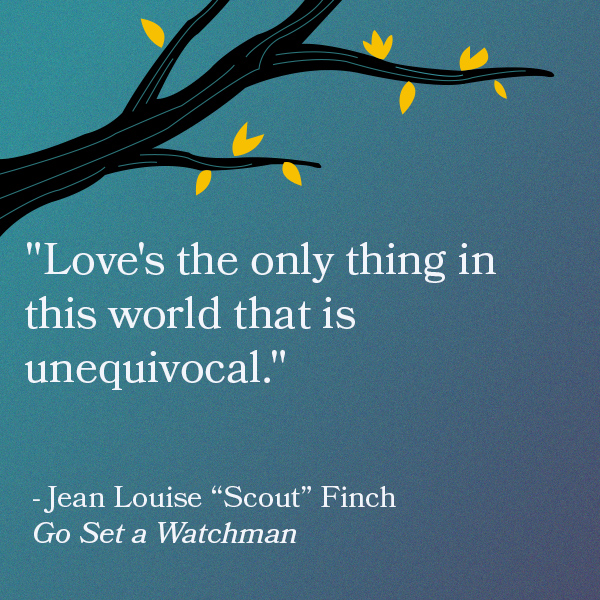 on, some parts were a little hard to digest.
on, some parts were a little hard to digest.
MR: Harper Lee wrote about what was going on all around her in a small southern town in the 1950’s. If some of her words make us wince today or evoke questions, that’s not a bad thing. That early publisher rep saw something in that manuscript; something worth developing. Yes, something that would sell. Harper Lee pulled out small scenes from Go Set a Watchman and blew them up into what became To Kill a Mockingbird. As she placed the characters in those larger scenes, they evolved. Though Go Set A Watchman is set into To Kill A Mockingbird’s future, we get to see the evolution of a writer developing her craft.
SB: So we agree that the book isn’t a perfect novel, but it has its merits. Do you think this book has a place in the classroom? If so, what craft technique or comprehension strategy would lend itself best to understanding this text?
BI: This book would be great for studying an author’s craft. I wonder if it would be best in college or AP high school courses. It seems like it would require quite a bit of background knowledge about the early days of the NAACP and such. Because it is unfinished, it should probably be paired with other books either of or about that time in history. So comprehension strategy-wise, synthesizing may be best. Students could also make connections with many of the civil rights events going on today.
MR: I do not see this book being taught as a standalone in a high school classroom, but rather used in conjunction with other pieces of literature. There are examples of all parts of the writing process, historical fiction versus realistic fiction, symbolism and comparison writing. It’s all there and just waiting to be discussed. What a wonderful source to be used in a research project!
EV: Exactly what Mary said!
Is there a such thing as a “perfect” novel? I know others were not happy with the narrative style of this text, but I love the disjointed narrative. It is very reflective of our own thought process. It reads like a stream of conscious novel, much like Mrs. Dalloway. I love it because that’s how our brains work. It’s a style that probably doesn’t get a good rap because it’s not necessarily easy to follow, but Faulkner’s Sound and the Fury is also difficult to follow, but it’s a masterpiece in showing the evolution of thought. Of course, both of the books I’ve mentioned are books I studied in college.
Does it have a place in the middle/high school classrooms? That’s a harder one…maybe with excerpts. For example, a teacher could use excerpts to discuss historical context and narrative style. The novel could definitely be used to discuss the writing process with special regard to revision strategies.
I’ll be honest, I don’t agree this text is unfinished, but I do agree that it will pair well with other books discussing or set in that time in history. I think you’re right, Mary. Not a standalone, but ultimately, useful.
BI: I agree on the stand alone! I’m not sure it would have made very much sense if readers were not already familiar with To Kill a Mockingbird.
SB: So it might make a good supplement for a civil rights unit or a follow-up to a TKAM novel study. Very cool.
What kind of reader do you think this book would appeal to best?
BI: Definitely not reluctant readers. If I were to teach it, I would probably reserve it for AP classes and/or my gifted students. It is going to have to be students with a good deal of reading stamina and a particular love of good literature. If Hunger Games is a highway, then this is a bit more like a meandering gravel road.
Though on closer inspection, the Lexile level is only 870L. That is roughly the end of elementary school. However the slow pacing and increased need of background knowledge still made this a tougher read.
SB: Yeah, the nods to the (then current) Civil Rights era and the quotes from Victorian lit were challenging for me to contextualize. I could definitely see a high school student struggling without some guidance.
EV: If we are using the whole text, I agree with the high school level readers; however, if using excerpts of the text to teach about different elements of writing craft and/or using it as a way into the Civil Rights era discussions, I think it could appeal to any level of reader depending on the excerpts pulled. It definitely will appeal to the curious readers, the readers who want to pull out things they don’t understand and learn more. I know that’s what it did for me. I was looking up several different references here and there to try to glean how Ms. Lee was using them in the context of her story.
BI: The quotes threw me off more than I’d like to admit. I know I was not familiar with all the quoted works, which is my own r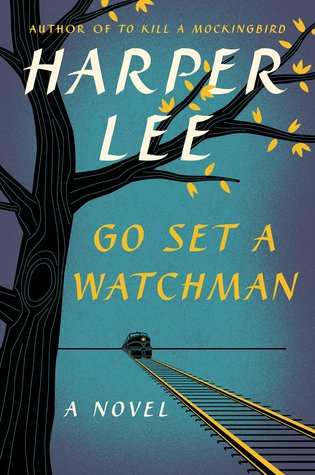 eading gap issue. I imagine (or hope!) I am as well-read as most high schoolers, so they may have this issue, too. The reference to the Robert Browning poem “Childe Roland to the Dark Tower Came” really took me out of the text. I doubt many high school students have read The Dark Tower series by Stephen King, but that poem comes up frequently in the series. The main character, Roland Deschain, is heavily based on it.
eading gap issue. I imagine (or hope!) I am as well-read as most high schoolers, so they may have this issue, too. The reference to the Robert Browning poem “Childe Roland to the Dark Tower Came” really took me out of the text. I doubt many high school students have read The Dark Tower series by Stephen King, but that poem comes up frequently in the series. The main character, Roland Deschain, is heavily based on it.
EV: But while it took you out of the text, the poem is also a way into discussing Victorian poetry and use of adding elements from other literary works to create more depth of meaning in a shortened way. J.K. Rowling does this in the Harry Potter series.
SB: With a little guidance from a teacher, I think it would be great introduction to Victorian lit. I just want to stress that it requires some outside help if a student’s going to make any meaning out of those portions of the text.
BI: Very true about Harry Potter. It wasn’t until the second time I read through that series I caught all the clever names—especially of the teachers. Argus Filch is named after the Greek god who had eyes all over his body. Umbridge is the darkest part of a shadow. Great stuff!
I did end up looking up some of the references and vocabulary terms. So much so, I kind of wish I had read it in eBook instead of paper. My husband laughs at me every time I push the paper with my finger to try to get a definition. It was definitely not “couch reading,” as I kept having to move the cat and get a device to look up words and references. However, one of my new favorite words is “malapropism” which I learned from this book.
MR: There are just so many directions that can be taken by educators in using this work. I can hear my former Senior Honors students debating the news coverage about the ethical issues surrounding the publication of the “lost” manuscript many years after it was written.
SB: Does anybody have any closing remarks or wisdom they’d like to impart this article’s readers?
BI: I would say to not let the hype (good or bad) make up your mind for you. Read this book for yourself and decide if you like it, if it has a place in your classroom, and if it has value to today’s readers.
EV: Read the book for what it is: one women’s contemplation about a specific time and place and her place in it all. Read it as a draft, a brainstorm. Read it to see an author’s craft at work; read it to understand the writing process. Even as a standalone, it shines a light on ongoing social issues. I think it is an important book, and I’m quite fascinated by it. In fact, I might actually want to read it again.


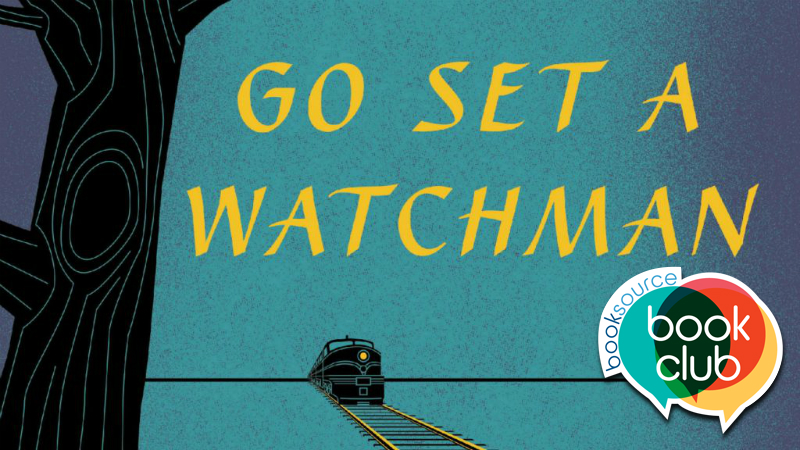
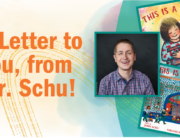
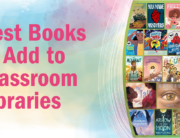
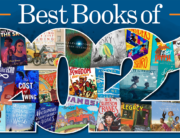
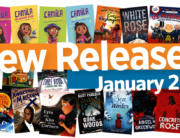
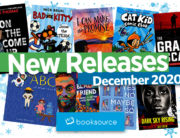
Leave A Comment